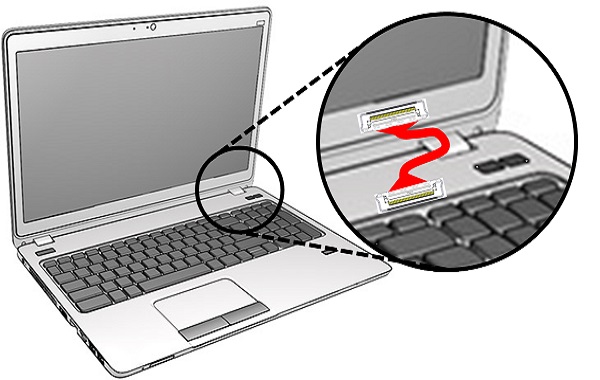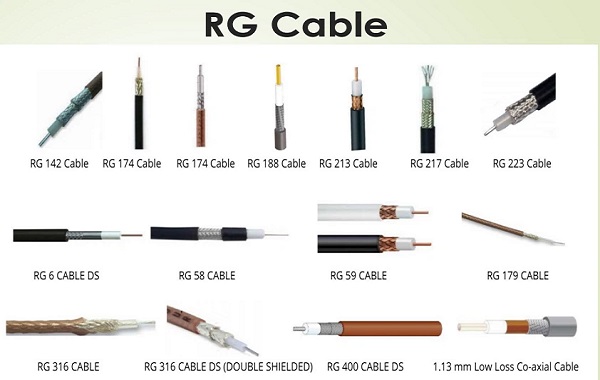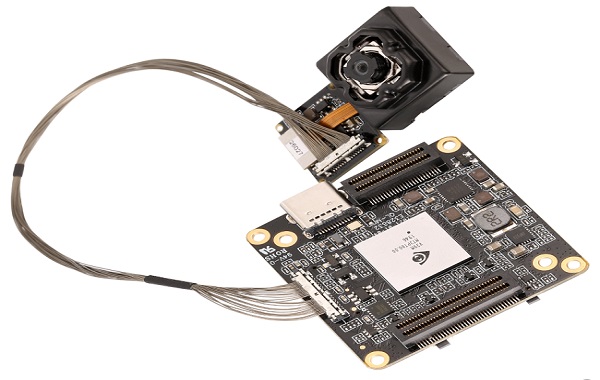Categorization:Harness Component

What is ultra-fine coaxial cable?
Micro coaxial cable is a type of coaxial cable with an ultra-small outer diameter, commonly with conductor sizes ranging from AWG 36 to 46, or even finer. The cable consists of a central conductor, an insulating layer, a metallic shielding layer, and an outer sheath, with the overall diameter typically less than 0.3mm. Due to its high flexibility, small size, and precise impedance control, extremely thin coaxial cables are particularly suitable for high-speed differential signal transmission. For example, this type of miniature cable is widely used in connections between smartphone camera modules and mainboards, laptop screen cables, and internal signal lines of VR/AR display modules.
What is a traditional RF radio frequency coaxial cable?
Traditional RF coaxial cables are a type of coaxial cable with a long history of application. The typical diameter range varies from AWG 28 to AWG 10. They are mainly used in radio communication, broadcasting and television, radar, base stations, and laboratory instruments, with the design focus on low-loss transmission of continuous sine wave signals within the frequency range of MHz to tens of GHz. Common interfaces include SMA, N-type, and BNC, with high standardization and mature processing methods.

Difference in Signal Transmission Performance
Traditional RF coaxial cables are mainly used for the transmission of continuous waveform RF signals, emphasizing low loss, low reflection, and strong shielding capabilities. Extremely fine coaxial cable bundles focus on the integrity of high-speed digital signals (such as MIPI, PCIe, USB4, HDMI) under high frequencies. It is necessary to maintain extremely low insertion loss, strict impedance consistency, and excellent crosstalk suppression performance to ensure link stability and good eye diagram performance. Therefore, the design objectives of the two are different, and the optimization directions are also completely different.
The difference in application scenarios
5.1 Traditional RF coaxial cables are suitable for RF communication links such as antennas, base stations, radars, broadcasting systems, and experimental instruments, mainly for transmitting continuous RF signals.
5.2 Extremely fine coaxial cables are widely used in consumer electronics, high-speed interconnections, and precision equipment, such as mobile phone camera modules, laptop screen display cables, in-vehicle high-definition display systems, AR/VR display modules, etc., transmitting high-speed digital data.

I amSuzhou Huichengyuan Electronic Technology Co., Ltd.,Long-term focused on the design and customization of high-speed signal cable harnesses and ultra-fine coaxial cable harnesses, committed to providing stable and reliable high-speed interconnection solutions. If you have related needs or want to learn more, please contact:Manager Yin 18913280527 (WeChat same number)。